Enhancing companies’ production
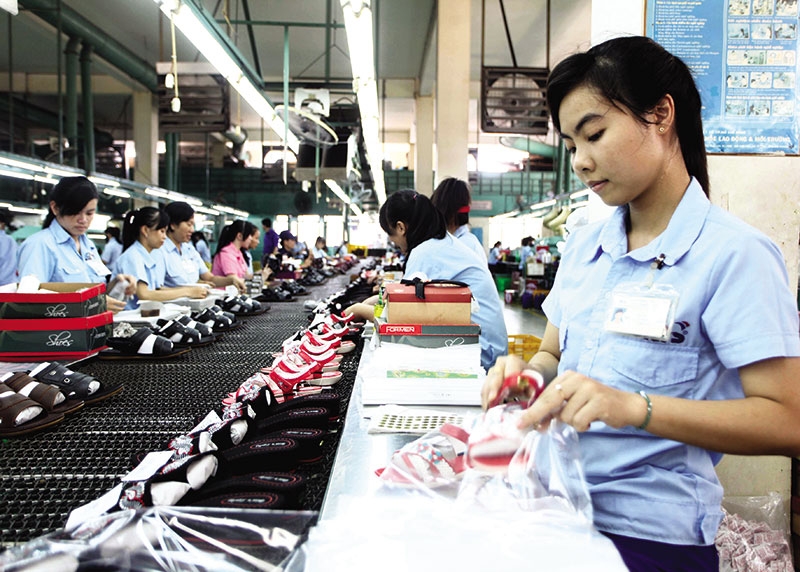 |
| A good working environment goes a long way towards improving labour productivity, Photo: Le Toan |
After three working sessions, the National Salary Council, and representatives of employers and employees last week reached a decision to propose for the government approval of the region-based minimum wage hike applied at private companies by 5.3 per cent, equalling an average increase of VND175,000 ($7.74) per worker per month. This hike is a compromise between the 6.1 per cent proposed by the Vietnam General Confederation of Labour (VGCL) representing employees, and the 5.1 per cent proposed by the Vietnam Chamber of Commerce and Industry (VCCI) representing employers.
The council’s chairman Doan Mau Diep stated that this 5.3-per-cent increase would help labourers cover their daily living expenses, even with a 4-per-cent rise in the consumer price index (CPI). The rate will not put great pressure on employers to pay their work staff either.
“The 5.3-per-cent increase is a compromise. It allows employers to adapt to the changes on the labour market, especially in preparation for the Fourth Industrial Revolution,” Diep said, adding that this 5.3-per-cent raise would bring local workers closer to being able to meet their most basic needs.
Mutual benefits
Facing the increasing CPI, higher social insurance payments, and the Vietnamese government’s annual roadmap to raise the country’s minimum wage, the business community’ concerns about narrowing competitiveness vis-á-vis regional countries is understandable. Last year, the CPI in Vietnam was up 3.53 per cent against the previous year, and is expected to reach 4 per cent in 2018, according to the VGCL.
Ryu Hang Ha, chairman of the Korea Chamber of Business in Vietnam (KorCham), told VIR that the the gross income of Vietnamese workers at South Korean-invested companies include not only the minimum wage, but also other allowances. Their gross income increased by 20-30 per cent last year, while the minimum wage climbed 6.5 per cent, causing difficulties to South Korean investors in Vietnam.
According to Ha, South Korean investors now mainly do business in the electronics and garment sectors in Vietnam, which are very labour-intensive. With the 6.5-per-cent increase last year, employers’ spending on labour costs mounted and thus their competitiveness narrowed.
“South Korean employers find a 5-per-cent increase this year reasonable. This rate is appropriate for price levels and labour productivity,” Ha told VIR.
Higher incomes, better balance
According to the “Workplace Productivity–A Key Indicator of Economic Development” report announced at the CEO Forum in Hanoi in April 2018, Vietnam’s labour productivity currently ranks below almost all countries in Southeast Asia, including Laos. In 2016, the average productivity of a Vietnamese worker was $9,894, equalling 7 per cent of Singapore’s, 17.6 per cent of Malaysia’s, and 36.5 per cent of Thailand’s.
According to Kazuteru Kudoda, a labour productivity consultant from the Japan Productivity Centre, productivity will be improved by the co-operation between employers and employees. Thus, the gains of this improved productivity must be distributed fairly among employers and employees. Under the VGCL’s latest survey, 43.7 per cent of labourers said that their incomes are enough to make a living, and 26.5 per cent held that they have to tighten spending.
It is said that increasing the minimum wage is necessary, as it not only contributes to ensuring the minimum living standards of employees, but is also a motivation to improve labour productivity. In addition to factors like income and the working environment, Vietnam’s socio-economic development situation, quality of personnel training, and ability to apply technology also hugely impact labour productivity.
According to a Ministry of Labour, Invalids and Social Affairs survey conducted in 2015, most Vietnamese companies are using outdated technologies that lag two to three generations behind. Nearly 80 per cent of the companies’ equipment was imported between 1960 and 1970. Some 75 per cent of the equipment was over-depreciated without being replaced, and 50 per cent of the imported equipment needed to be repaired.
According to a report presented at the workshop themed “A New Solution for Human Resources Development in Light of the CPTPP” in April 2018, 69 per cent of foreign-invested enterprises in Vietnam admitted to having difficulties in recruiting personnel meeting their working requirements.
Vietnamese workers could reach the productivity levels of Singaporean or South Korean workers given the same conditions. The reason behind the significant productivity gap between Vietnamese workers and those in other countries is that conditions – including education and training, salaries, and production technology in use – are far behind those in other countries.
However, with extra inputs, the country and its workforce stand a good chance to create higher returns. Such gains could be manifested by increasing wages that would alleviate many of today’s workers’ problems revolving around satisfying their basic needs and providing basic safety for themselves and their families.
This increased feeling of safety would be translated directly into increased productivity (for example through the reduced need for second jobs), which would return the increased expenses on wages through increased production and revenue for the companies.
Urgent need for improved working environment
Acording to Kudoda, in addition to a rise in the minimum wages, the working environment is also an important factor impacting labour productivity. “An ideal working environment is determined by five factors, namely the job satisfaction of employees, the recognition of the capacity and qualifications of employees, the employees’ trust in the companies’ development plans, workers’ incomes, and the management capacity of CEOs,” he said.
Andrea Cudemo, director of Triom Vietnam located in Hanoi’s Quang Minh Industrial Zone, which produces motorbike and automobile lights, stated that increasing the minimum wages are just temporary solutions to encourage employees to increase labour productivity. More important, he said, is that the infrastructure is good and the employees are satisfied with their jobs. When people work with a relaxed mind, they will be motivated to work more, increasing labour productivity.
“In general, the income of Triom Vietnam’s workers is not higher than those paid by other employers in the zone, but the factor that makes our workers stay on for a long time is the working environment,” Cudemo said.
“At Triom, we do not put pressure on our employees and control them by rigid rules, forcing them to work hard to increase labour productivity. Instead, we build development targets for the whole company and specific employees. This way, employees will understand that working hard will benefit them, and they are contributing to the development of the company. In eight years, we built a stable employee volume and attained employees with key skills,” he said.
Many also agreed that a great CEO is also the second-most important productivity factor. Leaders and managers are not only in charge of defining the direction, purpose, priorities, goals, and roles of the workforce, but also play a critical role in connecting employees to create a warm and friendly working environment.
However, according to Kudoda, in reality, many Vietnamese managers and CEOs are still old-fashioned. They make decisions while workers follow orders.
“They should consider improving co-operation and teamwork to achieve mutual goals to improve labour productivity instead of chasing their own benefits,” Kudoda suggested.
To create an ideal working environment, especially as the world is entering the era of Industry 4.0, along with the human factor, improving the lean production management system is also important. For example, a smart inventory control system can help reduce inventories, improve profitability, and speed up customer response time.
“Thus, companies must invest into management systems and software, not just machines and hardware. Currently, making better software applications and providing them through cloud computing is a key investment channel as part of Industry 4.0,” Kuoda said.
| Bang Hyun Woo - Deputy general director, Samsung Vietnam Vietnamese employees have the same potential labour productivity as those in other countries. Thus, if they are trained methodically and managed by professional CEOs, their productivity will surely improve. Hwang Lim Jang - Attorney, Yoon and Yang Law (Vietnam) LLC Employees should earn enough money to live from their daily work. The rates of 6.5 and 8 per cent are not very different on paper, but companies with a high number of employees will have some difficulties with the increased minimum wage. In my opinion, if the minimum wage increases, then the productivity of employees will increase. Salaries and the working environment are the main factors impacting productivity. Nguyen Van Minh - Employee, Quang Minh Industrial Zone in Hanoi The minimum wage is only good for those getting paid by the hour. I get paid by my performance, so I do not care much about the minimum wage. It all comes down to the price of the products I am working on. My monthly income is about VND7-8 million ($309.7-354), enough for my single life. To get married and keep savings, I would need VND10 million ($442) at least. |
What the stars mean:
★ Poor ★ ★ Promising ★★★ Good ★★★★ Very good ★★★★★ Exceptional
 Tag:
Tag:
Related Contents
Latest News
More News
- Negotiations over payment agreement for LNG power stuck in deadlock (April 23, 2024 | 18:02)
- Masan completes $250-million equity raise from Bain Capital (April 23, 2024 | 17:37)
- Amata City Ha Long marks six years of development (April 23, 2024 | 17:00)
- Taiwan's Giant Group to build $120 million bicycle factory in Binh Duong (April 23, 2024 | 15:02)
- Nvidia delegation to explore opportunities in Vietnam (April 23, 2024 | 08:30)
- China's BOE builds $275 million electronics factory in Ba Ria-Vung Tau (April 22, 2024 | 10:44)
- Suntory PepsiCo breaks ground on its largest Asia-Pacific plant in Vietnam (April 22, 2024 | 08:53)
- New Hope ceases Binh Dinh pig-breeding project (April 19, 2024 | 18:34)
- Localities get ready for fourth FDI boom (April 19, 2024 | 16:41)
- Japanese retailer Takashimaya to advance project in Hanoi (April 19, 2024 | 11:31)



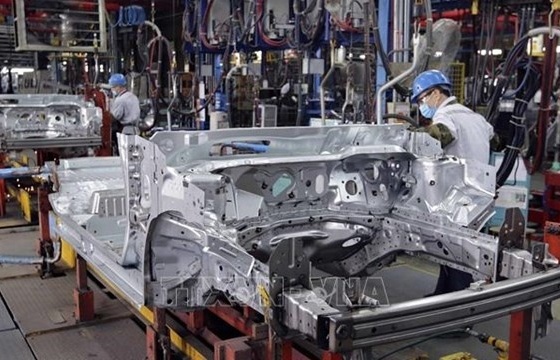


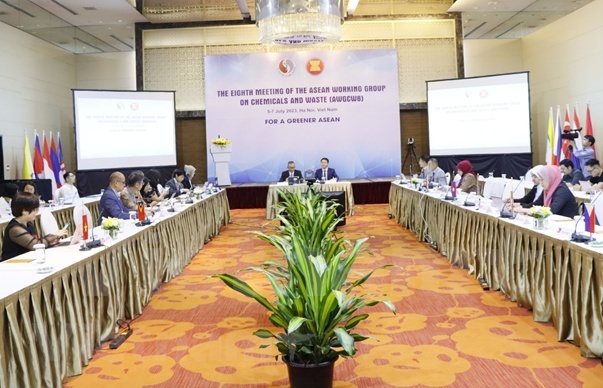
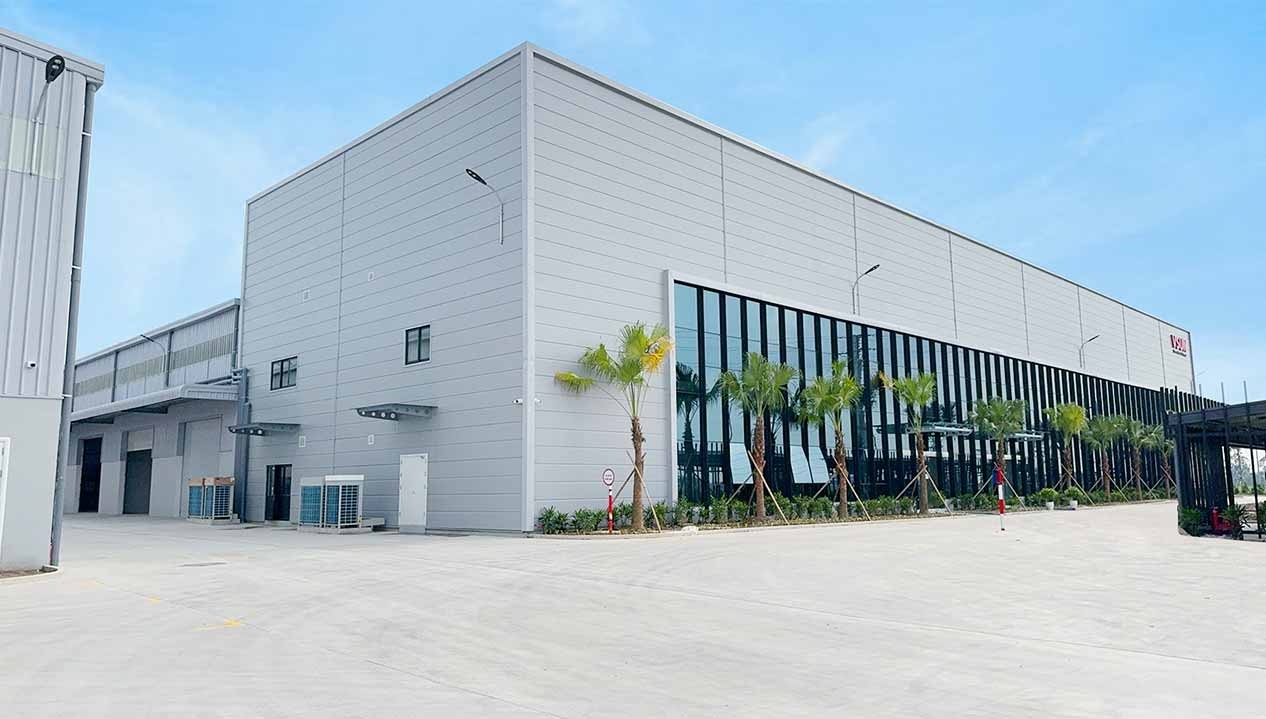
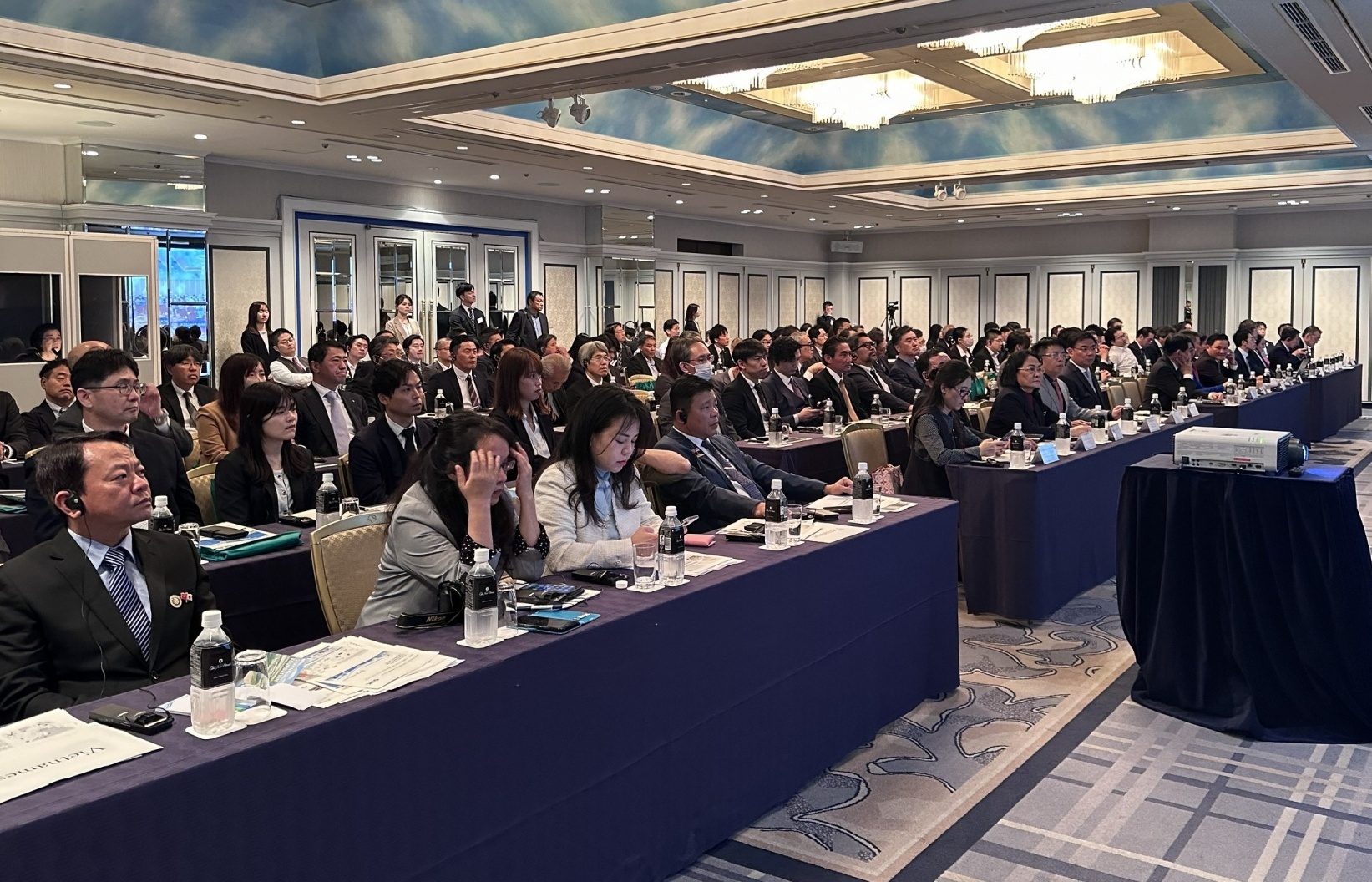
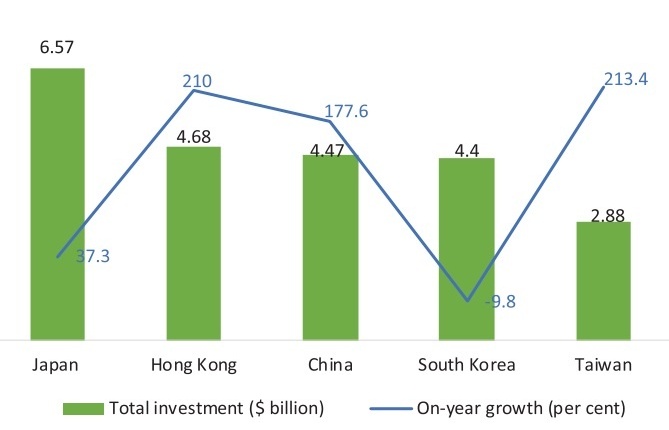
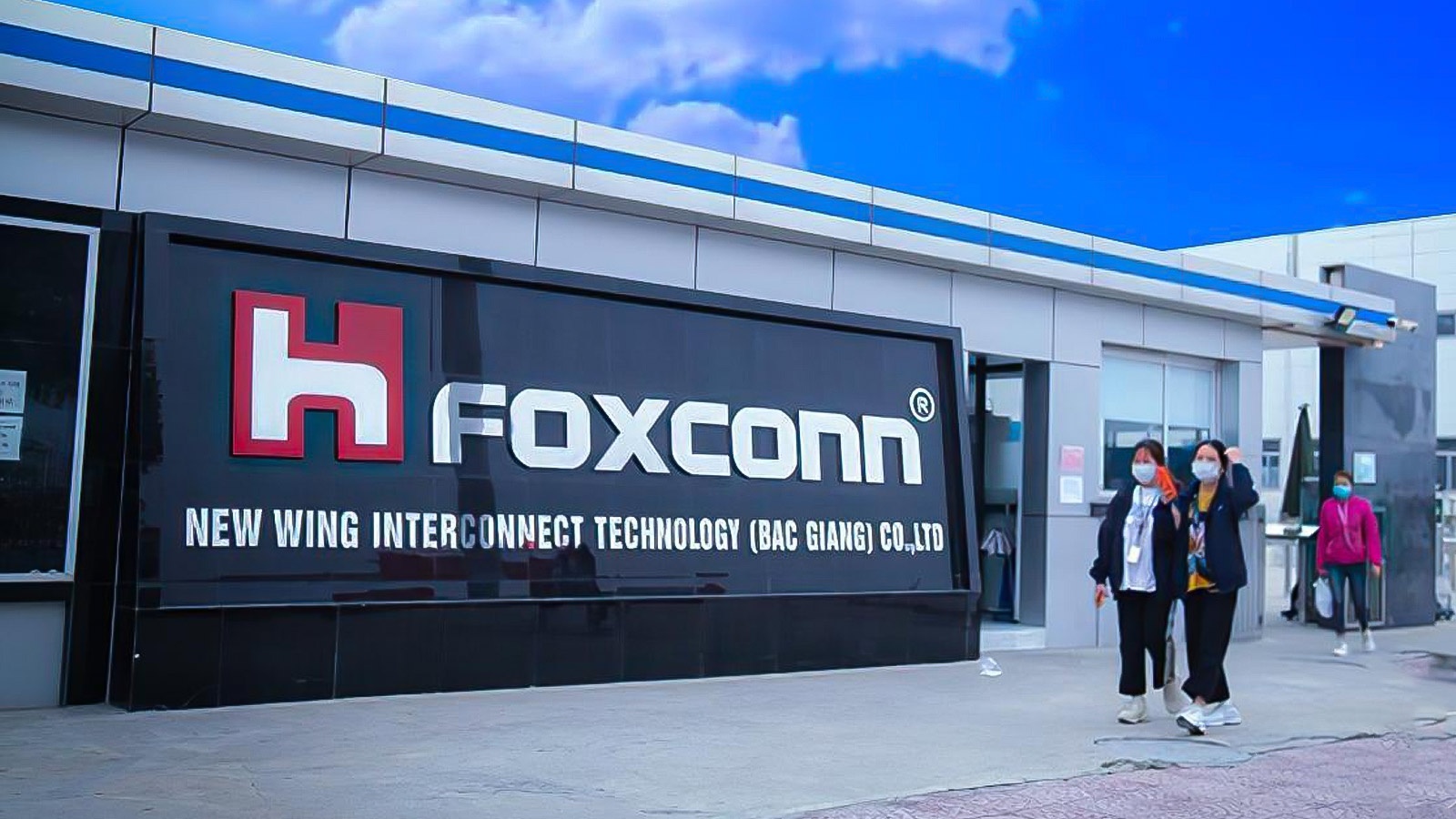
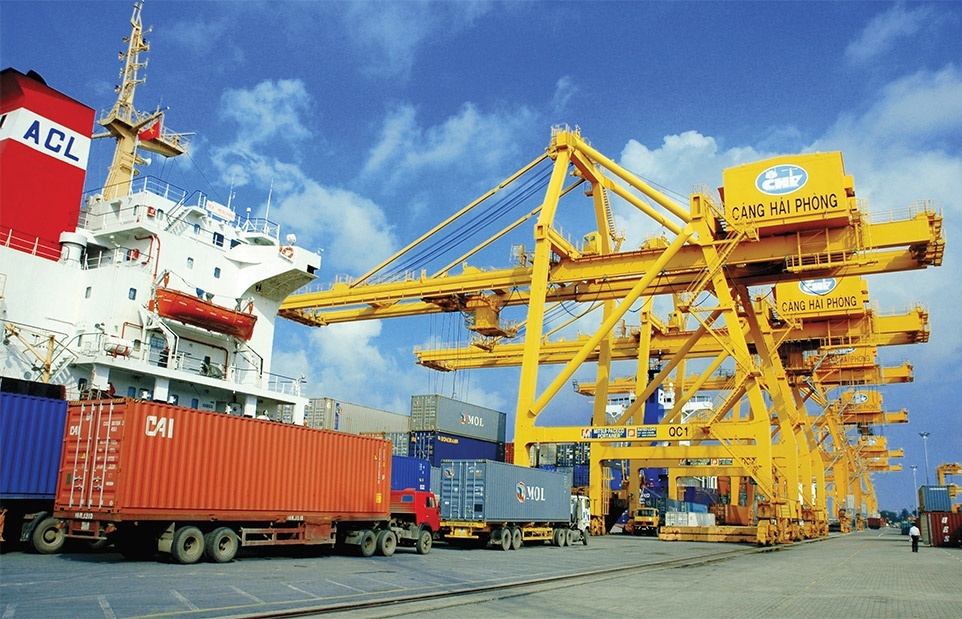






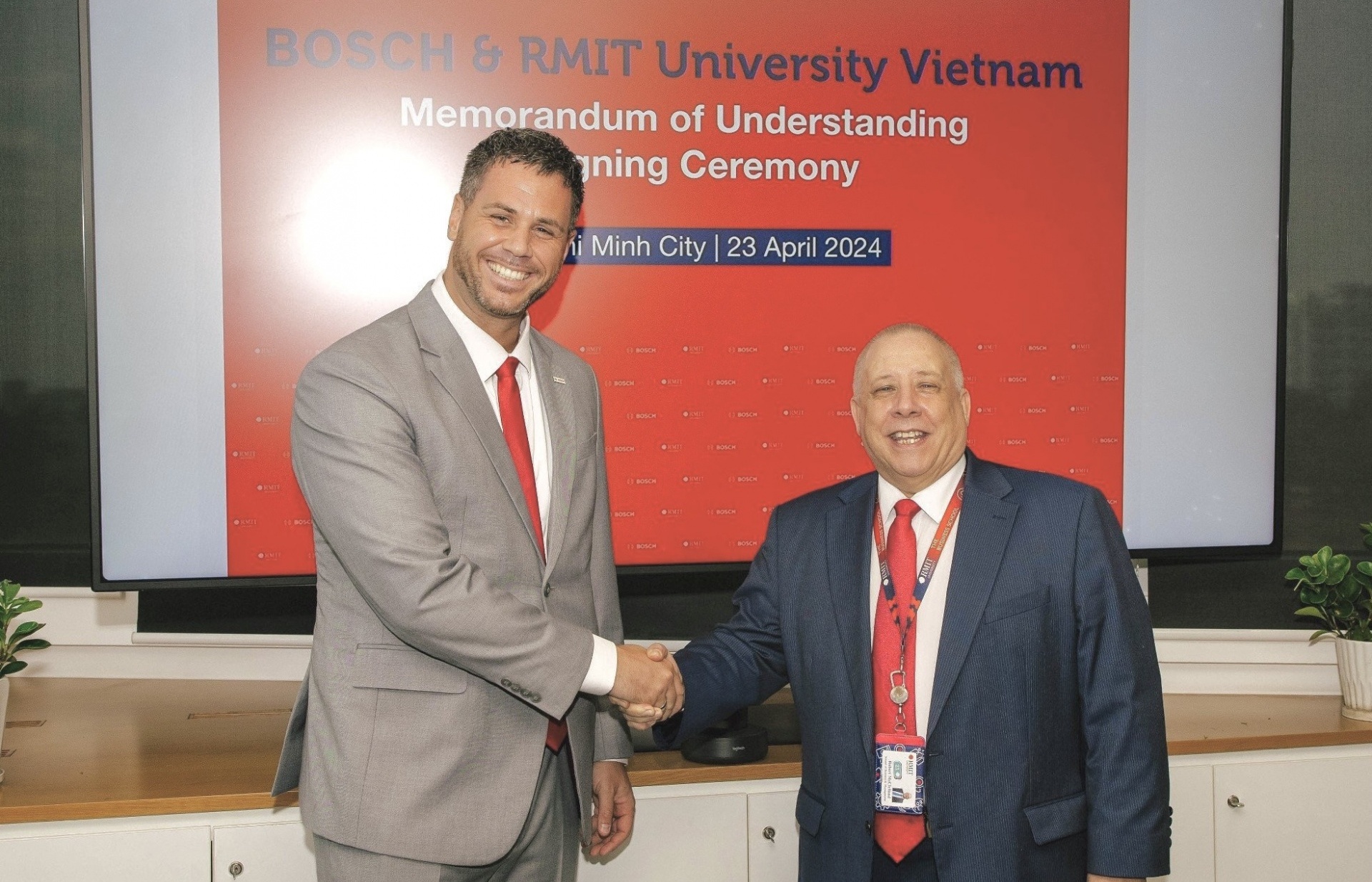



 Mobile Version
Mobile Version